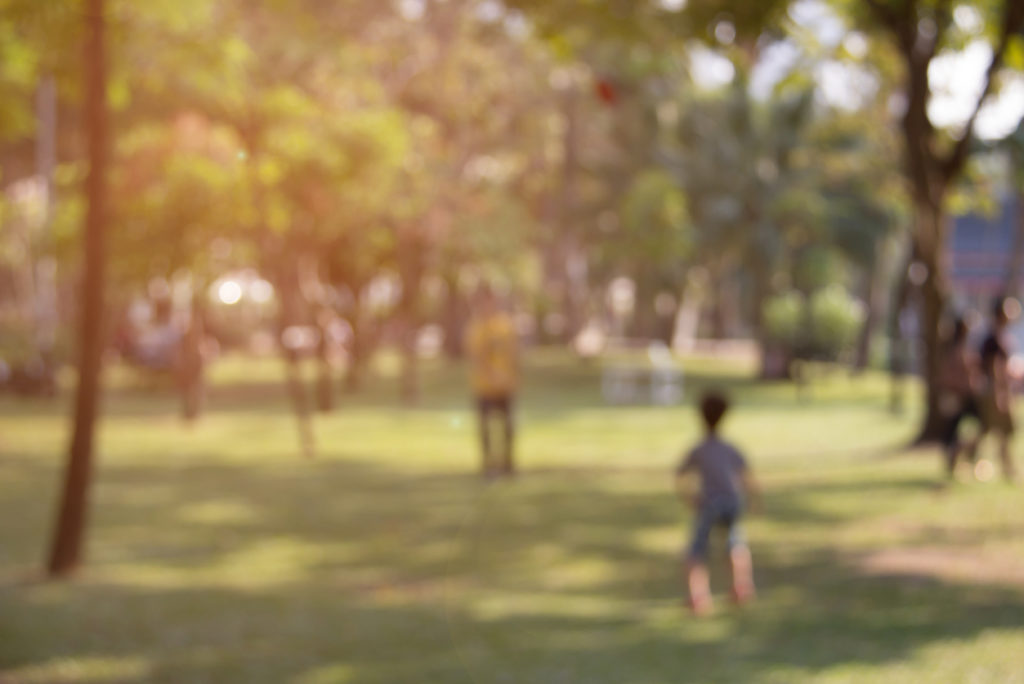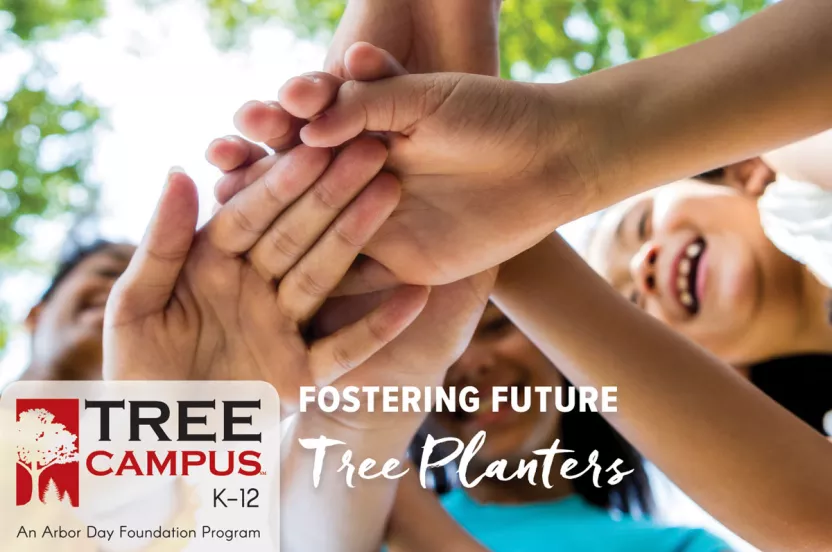Now live: The 2025 Canopy Report. Learn how Americans see trees. GET THE REPORT
Tree Campus K-12: Inspiring Young Stewards of the Earth
Last year, a diverse “pilot” group of schools across the country experienced Tree Campus K-12 for the first time.
April 18, 2019

Highland Park, Illinois school district shares its experience in the first year of the Arbor Day Foundation’s newest program
When leaders of community forestry programs make an intentional effort to engage local schools in their work, their present and future impact is intensified. That’s exactly the type of partnership the Arbor Day Foundation’s newest program, Tree Campus K-12, is designed to inspire. The program connects students to nature through trees by encouraging schools and educators to create purposeful opportunities for students to interact with trees.
Last year, a diverse “pilot” group of schools across the country experienced Tree Campus K-12 for the first time. We worked with schools of all types including public, charter, private, and rural to get feedback from educators on how this program could make the greatest impact on students without adding more burden to busy teachers.
Schools can earn annual Tree Campus K-12 recognition by meeting four goals: establish a Tree Campus Team and meet regularly, implement an education plan outlining tree-related learning experiences, offer a hands-on experience as an extension of the education plan, and hold an Arbor Day observance.
One of the first people we connected with was environmental science teacher, Howie Hill and Highland Park, Illinois city forester, Dr. Keith O'Herrin. By sharing their experiences—and challenges—the duo have been instrumental in providing feedback on the program and how it's working for their school and community.
First, we learned about how Highland Park's current Arbor Day program involves students. “Last year, we started with a 20-30-minute training about how to properly site and plant trees the correct depth,” said O’Herrin. “Part two was the actual Arbor Day event where students attended the city’s tree giveaway. We offered a service where students would come to residents' homes and plant the tree that very day. That was a big hit, especially with elderly residents.”
The results have been multifaceted. It has built student engagement by having students get out into the community through service. Having youth involved “adds a richness to our Arbor Day celebration,” explained Keith O’Herrin. And it’s opened career exposure and education on employment opportunities available within urban forestry, leaving a lifelong impact on the value of trees. In fact, several of Howie Hill’s recent high school graduates have gone on to study forestry or environmental law. “To actually hear and speak to professionals and get their hands literally dirty goes a lot further in developing what they might want to do in the future—they say, ‘wow, other people do this and so can I,’” said Hill.
The student engagement component of the Arbor Day program isn’t only building a stronger community and inspiring career aspirations, it’s fostering leadership skills with the students. The city of Highland Park has created a sustainability advisory group that includes a student liaison every year. It’s a chance for students to gain exposure to natural resources as well as local government and public administration.
The program was created to build a bridge to environmental education while also building community engagement. Any K-12 school can take the first step toward becoming a recognized Tree Campus K-12 school by exploring our digital resources for educators and making the pledge to participate and apply for recognition at the end of the school year. We’ve made it easy for both educators and community members to get involved in the program. Communities can get involved by encouraging a local school to participate through our nomination tool.
Visit arborday.org/programs/tree-campus-k-12/ to learn more about the program and how to get involved.



